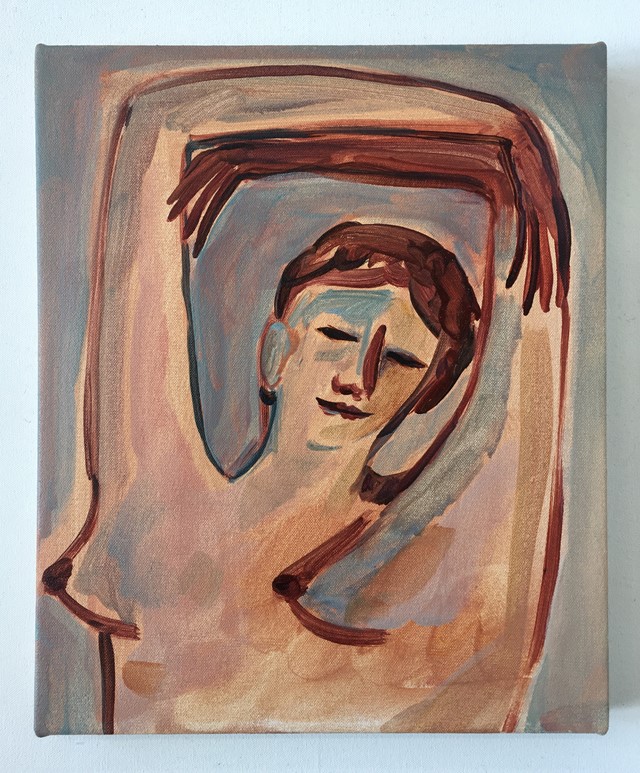Half of the proceeds from Eve Ackroyd’s new series, which is available to buy from today, will go towards supporting Planned Parenthood
There’s something about the nature of Eve Ackroyd’s latest series of paintings that straddles the realm between dream and waking life. Calm, ethereal figures float above a muted melancholic palette. Charged muddy brushstrokes meet and overflow from their fluid body outlines, to create moments of tension and emotional expanse. The Brooklyn-based artist’s works bring to mind the idea of ‘body awareness’, a term coined by Austrian painter Maria Lassnig to refer to an approach to painting self-portraits that depicted bodily sensations. Both artists, it seems, are concerned with bridging the inner and outer selves with their paintings.
Inspired by pre-Columbian and Babylonian goddesses, Ackroyd’s new series of intimate paintings further explores two key themes in her work: gender and desire. They are a continuation of a set of paintings she put up for sale around the time the American election results came out last year. Keenly aware that Planned Parenthood would soon be under threat, Ackroyd promised to donate 50% of proceeds from the works to the non-profit organisation.
Today, as her new series goes on sale, the second to support Planned Parenthood, we catch up with Ackroyd to learn more about the role of sculpture in her work, painting with an acute physical sense, and the importance of creating political art.
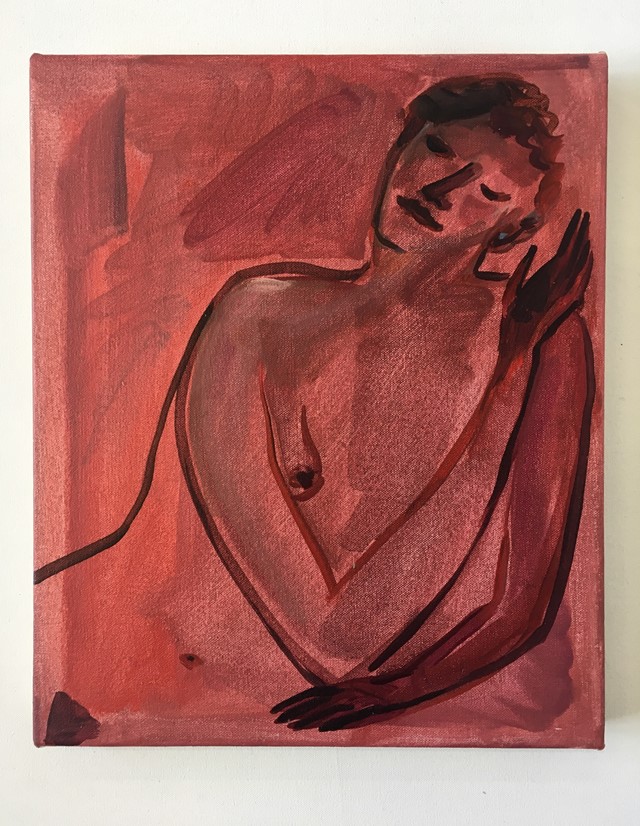
On where the idea for the paintings for Planned Parenthood came from...
“The idea came when I was reading a book by Doris Lessing, called The Cleft, which was written not long before she passed away. In the book, she writes about the beginnings of humanity and imagines it as being entirely female. These women were half-sea creatures who could procreate and lived harmoniously. Later in the book, a male child is born and they’re horrified and don’t know what to do. But I loved the idea of a world that was totally female – not that it’s what I want – but it’s lovely to think of a society with zero threat that could live in this harmonious space and calm existence.”
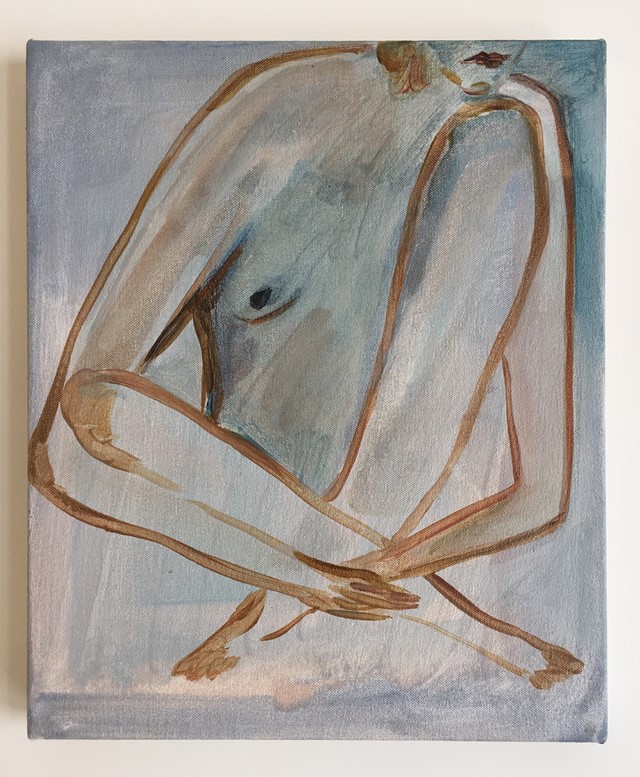
On how sculpture influences her work...
“For me, looking at and drawing Greek and Minoan sculptures is just a pleasurable act, particularly at the MET. When I didn’t have a studio just after moving to New York, I’d go there with my baby and when she slept, I’d draw. Somehow, the sculpture simplified a lot of my thoughts. Making an image of the body is a complete concern in my work and it’s always about picturing the body in these different realms of consciousness. There are times when I’m overwhelmed by the fact that so many people have tackled this topic... Can I even say anything interesting about this anymore? But I can’t escape it. To me, the physical image is the core – where all the emotion, power and fraughtness stems from. Sculpture contains all of these ideas in a calm way for me. It’s a tie to history and humanity. It’s how different societies have chosen to present the body and how they brought out the ideas of their time. The act of drawing the sculpture and making it 2D is how it’s transferred into my paintings. I can sort of re-imagine the form within the painting.”
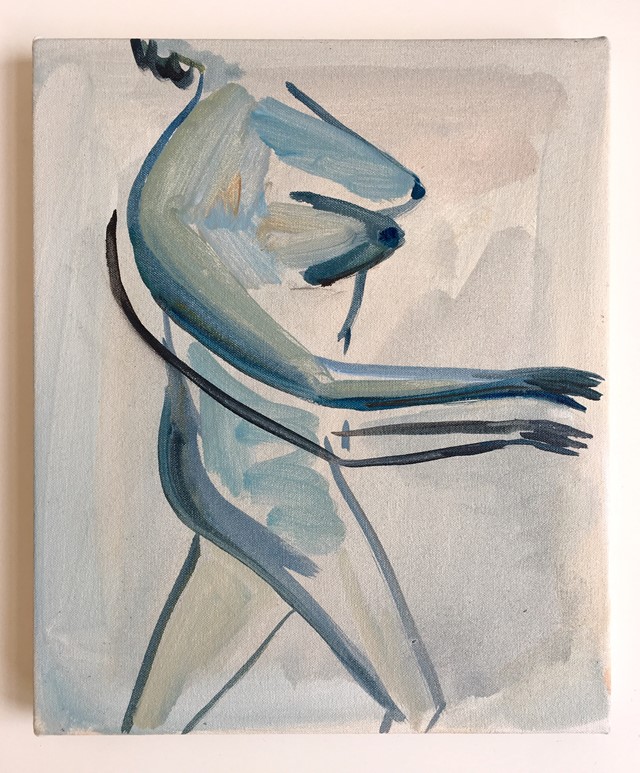
On gender and desire...
“I paint men and women very differently. My work has always been about gender, but not in any kind of direct way. I want to discuss many things within that but I’m not painting men one way and women in another. I want to be very honest, in a sense, and bring about a whole. The figures can be bold, but still tender. They can have this hunger and sexual ferocity, but also be humorous and a bit sad. My aim is to pack that all in, but in a very still kind of way. I want people to sit with the paintings and have to work a little bit. When I’m making the work, my physical sense is really important to me because I want to transfer that into it. Painting a body is a way for me to discuss my feelings. Whatever is happening around me that day – whether it’s current events or concerns – they all come into the work.”
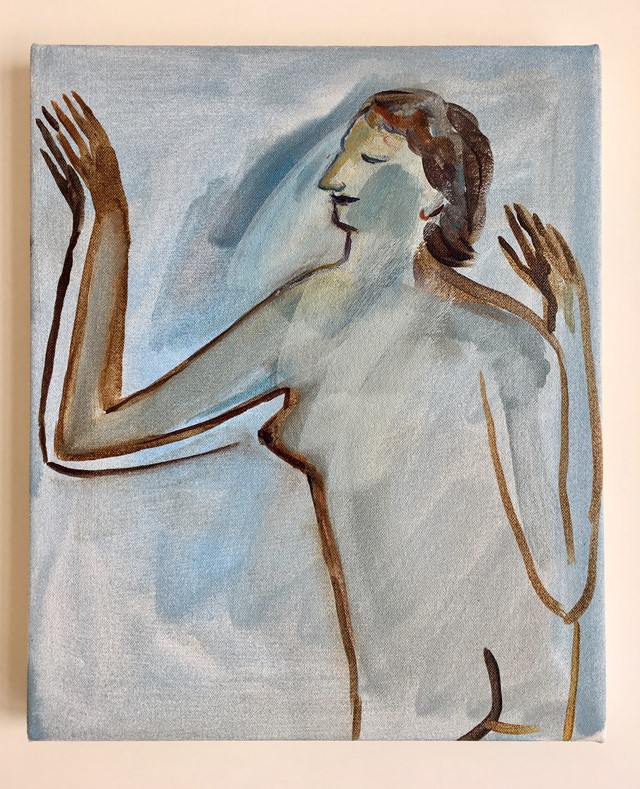
On creating political art...
“I think all good art is inevitably political and it has to discuss the current climate, otherwise it sits in a vacuum and it’s not interesting to me. The art that people make in the next few years will probably move away from individualism and the self and will inevitably move towards a larger conversation. The artist’s job will probably change a bit. I think we have to make it more inclusive and be more direct with fighting. If there’s one good thing that may come from our next president, it’s that I don’t think you can be ambivalent about any ideas or how you feel.”
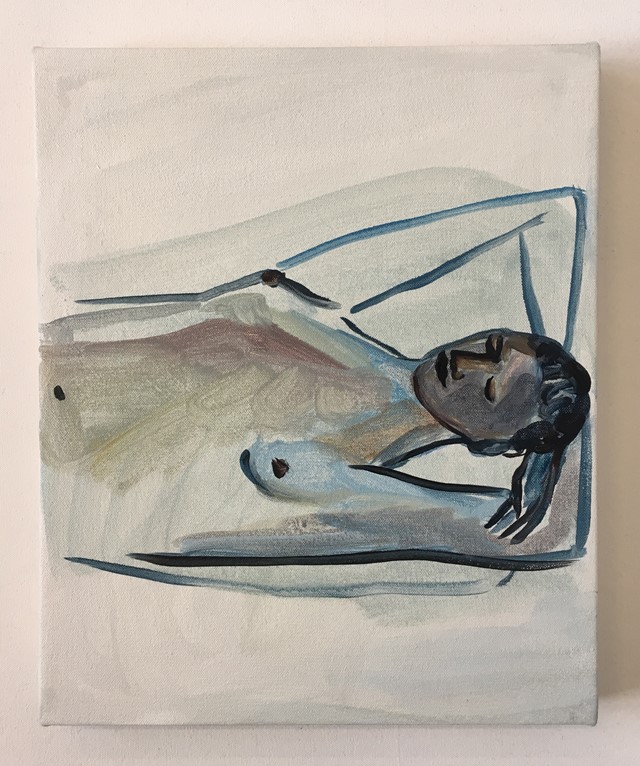
Eve Ackroyd’s new series of paintings is on sale from today, via her website.
